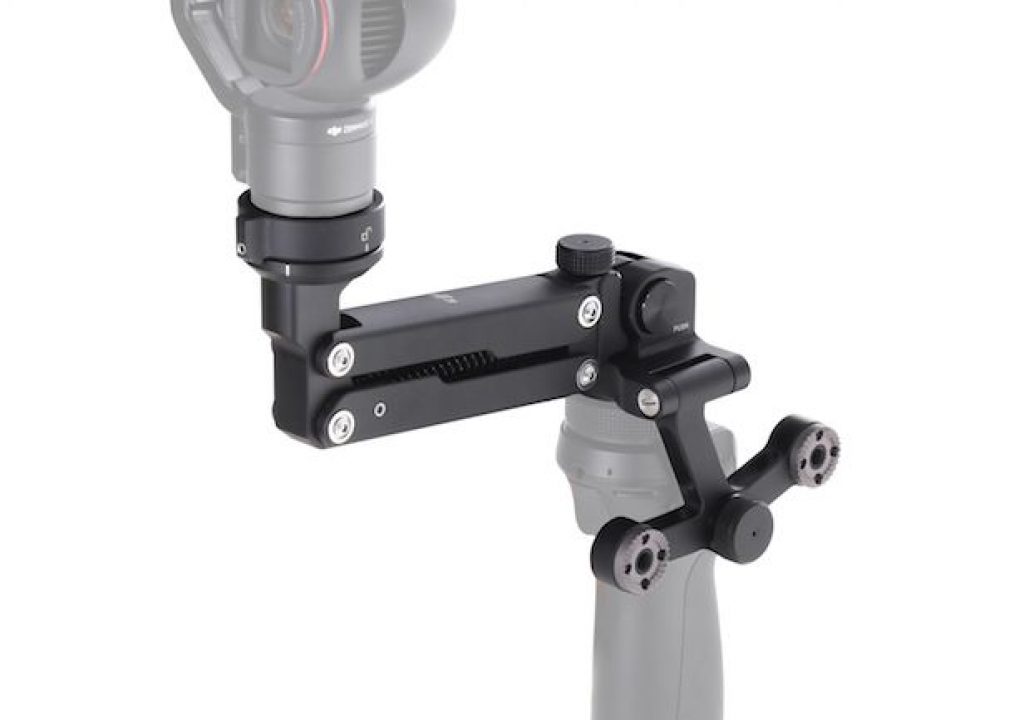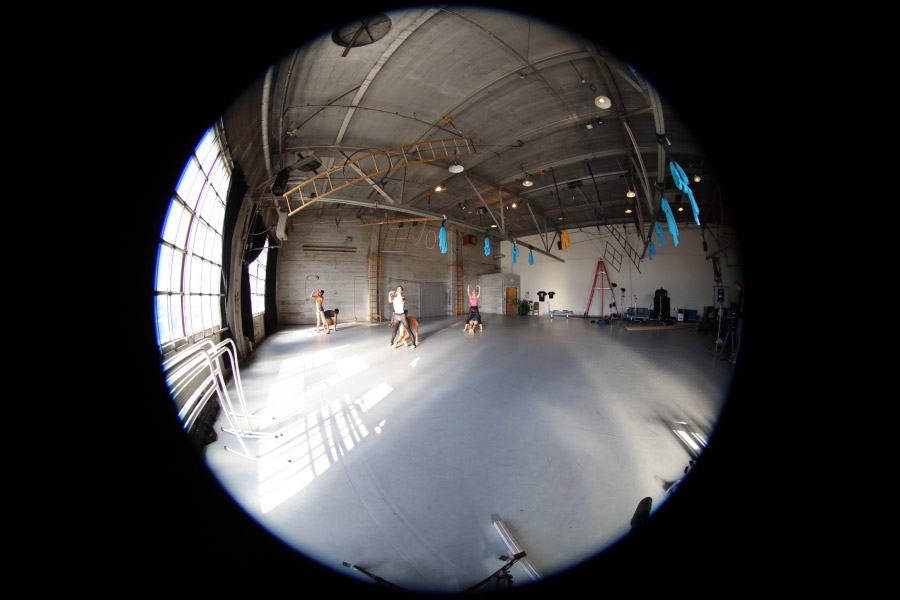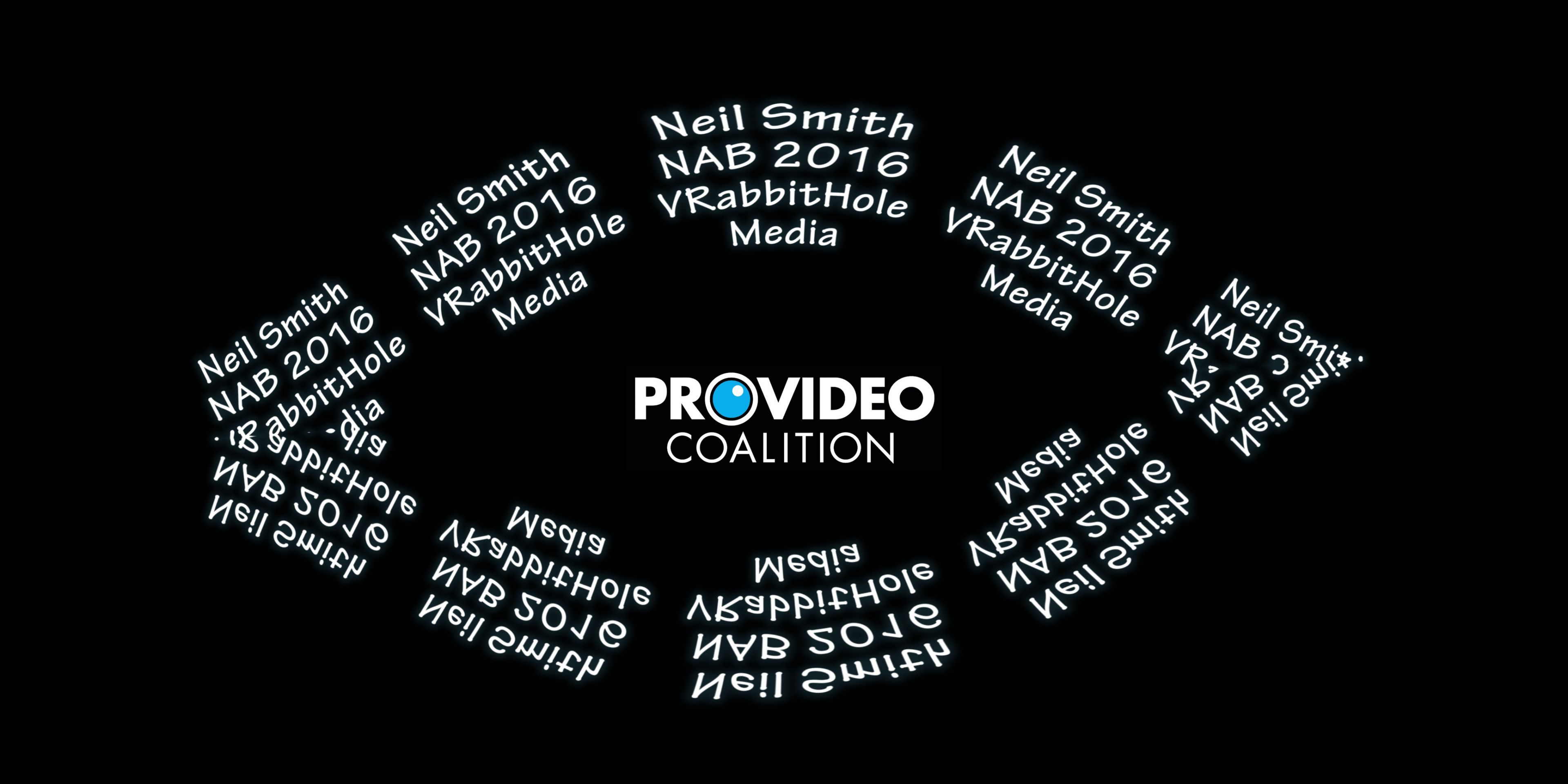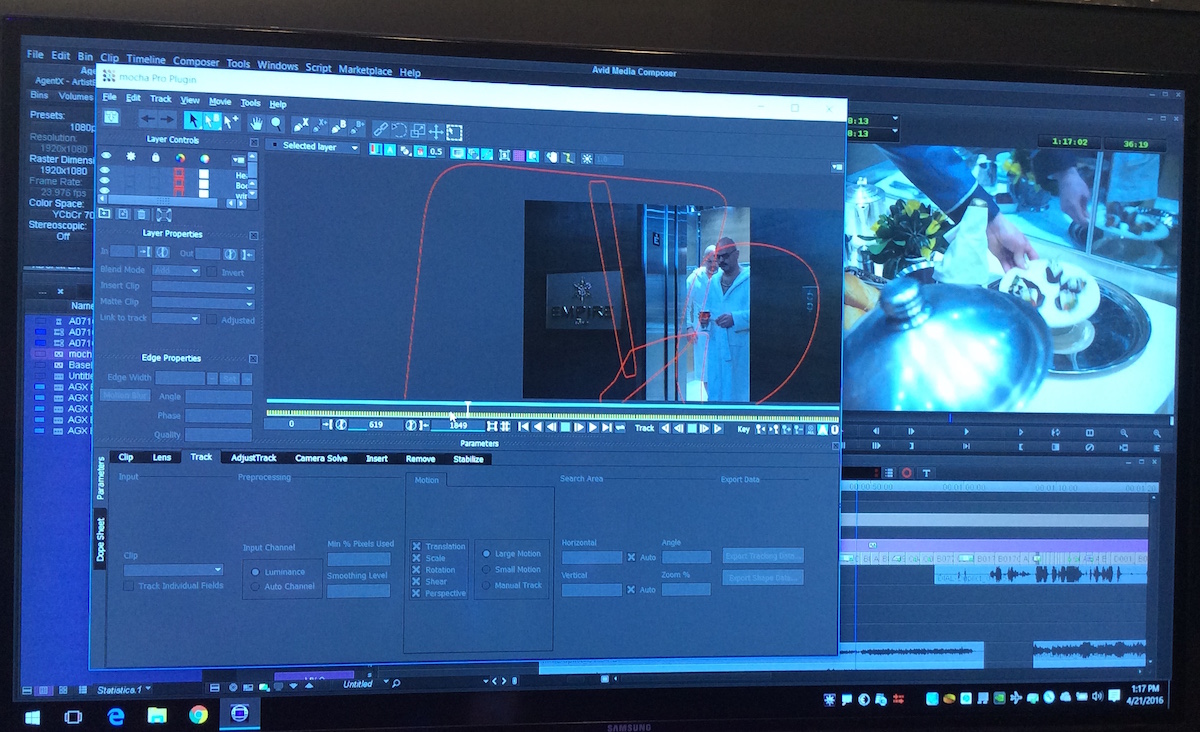Usually when a product is announced at NAB the manufacturer has one or two prototype display units that remain in their booth under a plexiglass box, but this year when mega-drone manufacturer DJI announced the release of the Z-Axis adapter for their popular Osmo handheld gimbal stabilizer, they allowed a few test units to be tested on-site at the show. The guys at Multicopter Warehouse were one of the lucky booths to feature this new device and I got to test it first hand – both handheld and attached to my 4×4 Rover.
Usually when a product is announced at NAB the manufacturer has one or two prototype display units that remain in their booth under a plexiglass box, but this year when mega-drone manufacturer DJI announced the release of the Z-Axis adapter for their popular Osmo handheld gimbal stabilizer, they allowed a few test units to be tested on-site at the show. The guys at Multicopter Warehouse were one of the lucky booths to feature this new device and I got to test it first hand – both handheld and attached to my 4×4 Rover.
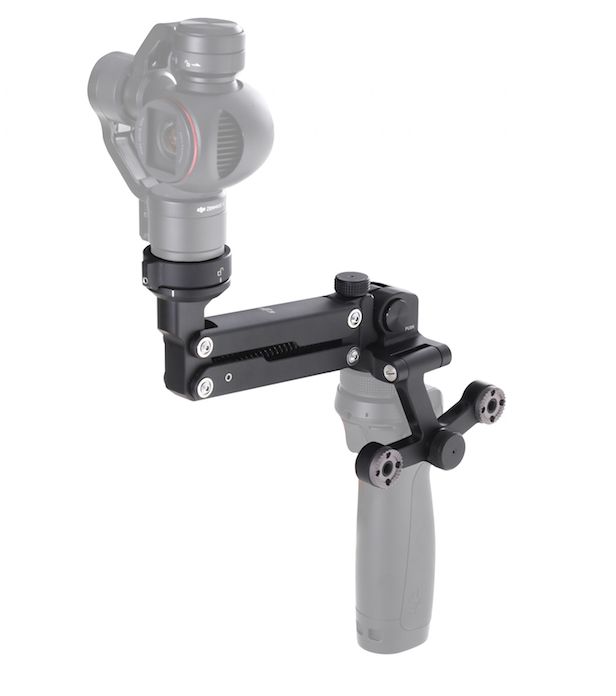 So first, why does one actually need the Z-Axis stabilizer if the Osmo head is already gimbal-stabilized?
So first, why does one actually need the Z-Axis stabilizer if the Osmo head is already gimbal-stabilized?
With small handheld gimbal stabilizers that you hold with only one hand while walking, the body will typically add some up & down motion to your extended arm while walking, creating a “float” or “bounce” to your footage and can cause a bit of motion sickness to the viewer. The new Z-Axis adapter helps to eliminate this bounce and further smooth out your handheld footage.
Kerry Garrison from Multicopter Warehouse was interviewed in his booth by That Drone Show to tell us a bit more about the new Z-Axis adapter and how it works:
https://youtu.be/NIIYiTD6Jd4
With very little practice after installing the Z-Axis to the Osmo, Kerry walks around the show floor and gets some pretty impressive results right out of the box. Note that further practice and fine-tuning of the Z-Axis and keeping the angle of your grip on the Osmo handle consistent, you will get even smoother results over time. Like all gimbals, stabilizers and glide-cams, there is an art to both perfect balance and movement you will figure out the more you use the device.
https://youtu.be/S9LHqxTaoq8
Testing the DJI Osmo Z-Axis on the Osmo Rover
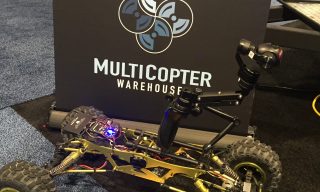 Since I was managing the Drone Cage activities in the NAB 2016 Aerial Robotics & Drone Pavilion this year, our platinum sponsor, Multicopter Warehouse was nearby and I could sneak over the play with some of the cool new stuff they had in their booth, including the new Z-Axis adapter.
Since I was managing the Drone Cage activities in the NAB 2016 Aerial Robotics & Drone Pavilion this year, our platinum sponsor, Multicopter Warehouse was nearby and I could sneak over the play with some of the cool new stuff they had in their booth, including the new Z-Axis adapter.
However, I was more interested to see how it would work on my Osmo Rover autonomous project crawler to see if it smoothed out the video even further. While my rover is made primarily for off-road navigation and exploration, it won’t take much to make it even smoother indoors or flat surfaces.
Just the little bit of driving around their booth proved to be a huge improvement in stability of the Osmo on the rover chassis. The only noticeable issues where you can see some bouncing were at sudden stops/starts of the rover and when it struck something rigid or tried to climb over obstacles that would jostle the device more than it could compensate.
You will notice some of the issues I had that were totally pilot/craft error in this test video I shot below but we’re already working on design changes to smooth out braking and acceleration and adding a cable coil base plate to attach the rails to in the next revision, which would really help. What you probably won’t notice is there are 3 different instances where the rover runs over someone’s feet or another obstacle and the image remains stable – while obvious obstructions are still visible.
https://youtu.be/vFNJm4QGd_k
The DJI Z-Axis Osmo adapter is available for pre-order from Multicopter Warehouse for $129. and should be shipping soon!

Filmtools
Filmmakers go-to destination for pre-production, production & post production equipment!
Shop Now